Species Photo Gallery for Sophonia orientalis Two-spotted Leafhopper 31 |
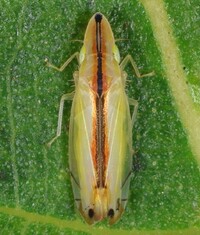 | Photo by: Rob Van Epps
Mecklenburg Co.
Comment: Found on Pecan (Carya illinoinensis). | 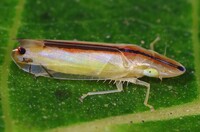 | Photo by: Rob Van Epps
Mecklenburg Co.
Comment: Found on Pecan (Carya illinoinensis). |
 | Photo by: Rob Van Epps
Mecklenburg Co.
Comment: Caught sweeping in a wet, weedy retention area. | 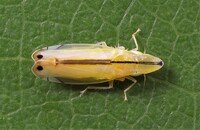 | Photo by: Rob Van Epps
Mecklenburg Co.
Comment: Caught sweeping in a wet, weedy retention area. |
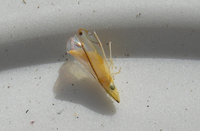 | Photo by: R. Newman
Carteret Co.
Comment: FOMA | 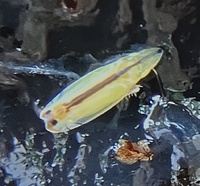 | Photo by: Ken Kneidel
Mecklenburg Co.
Comment: stuck on a tree band on Willow Oak |
 | Photo by: Erich Hofmann, David George, Rich Teper, Jeff Niznik
New Hanover Co.
Comment: | 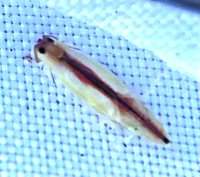 | Photo by: Ken Kneidel
Mecklenburg Co.
Comment: encountered while beating low vegetation |
 | Photo by: Rob Van Epps
Mecklenburg Co.
Comment: | 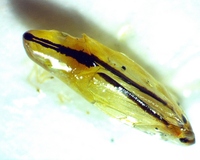 | Photo by: Ken Kneidel
Mecklenburg Co.
Comment: stuck in Tanglefoot on a tree band erected between mid-December and 1/12/22 |
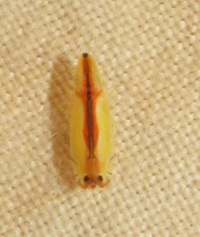 | Photo by: B. Bockhahn
Onslow Co.
Comment: Sweep net | 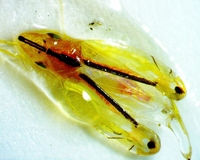 | Photo by: Ken Kneidel
Mecklenburg Co.
Comment: Stuck in Tanglefoot in a tree band on Willow Oak. I've seen several as I begin monitoring trees this winter, averaging roughly 1 individual for every 3 trees. |
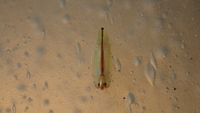 | Photo by: Erich Hofmann
New Hanover Co.
Comment: https://www.inaturalist.org/observations/62081360 |  | Photo by: Erich Hofmann
New Hanover Co.
Comment: https://www.inaturalist.org/observations/61438760 |
 | Photo by: Erich Hofmann
New Hanover Co.
Comment: |  | Photo by: Erich Hofmann
New Hanover Co.
Comment: |
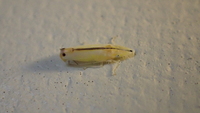 | Photo by: Erich Hofmann
New Hanover Co.
Comment: | 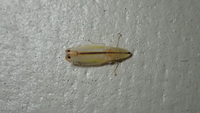 | Photo by: Erich Hofmann
New Hanover Co.
Comment: |
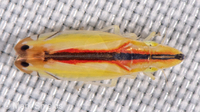 | Photo by: Mark Shields
Onslow Co.
Comment: | 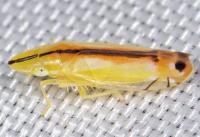 | Photo by: Mark Shields
Onslow Co.
Comment: |
 | Photo by: Ken Kneidel
Mecklenburg Co.
Comment: Underside of Magnolia leaf; an adult was on another. | 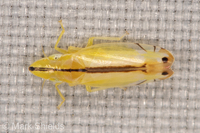 | Photo by: Mark Shields
Onslow Co.
Comment: |
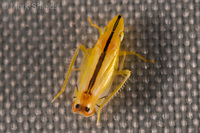 | Photo by: Mark Shields
Onslow Co.
Comment: | 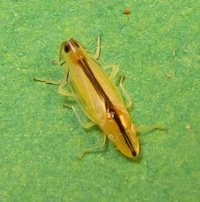 | Photo by: Ken Kneidel
Mecklenburg Co.
Comment: 4.8 mm, sweep of vegetation around wet retention area |
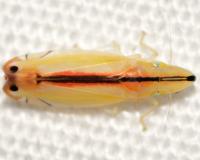 | Photo by: Kyle Kittelberger, Paul Scharf
Wake Co.
Comment: mixed hardwood forest habitat |  | Photo by: Kyle Kittelberger, Paul Scharf
Wake Co.
Comment: mixed hardwood forest habitat |
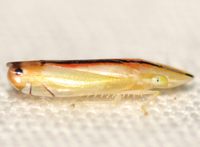 | Photo by: Kyle Kittelberger, Paul Scharf
Wake Co.
Comment: mixed hardwood forest habitat | 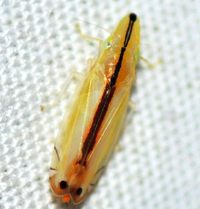 | Photo by: Kyle Kittelberger
Wake Co.
Comment: mixed hardwood forest habitat |
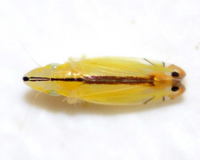 | Photo by: Kyle Kittelberger
Wake Co.
Comment: mixed hardwood forest habitat | 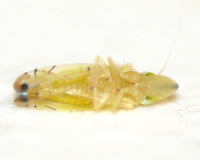 | Photo by: Kyle Kittelberger
Wake Co.
Comment: mixed hardwood forest habitat |
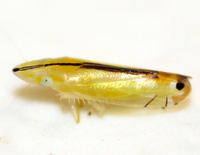 | Photo by: Kyle Kittelberger
Wake Co.
Comment: mixed hardwood forest habitat |

 »
»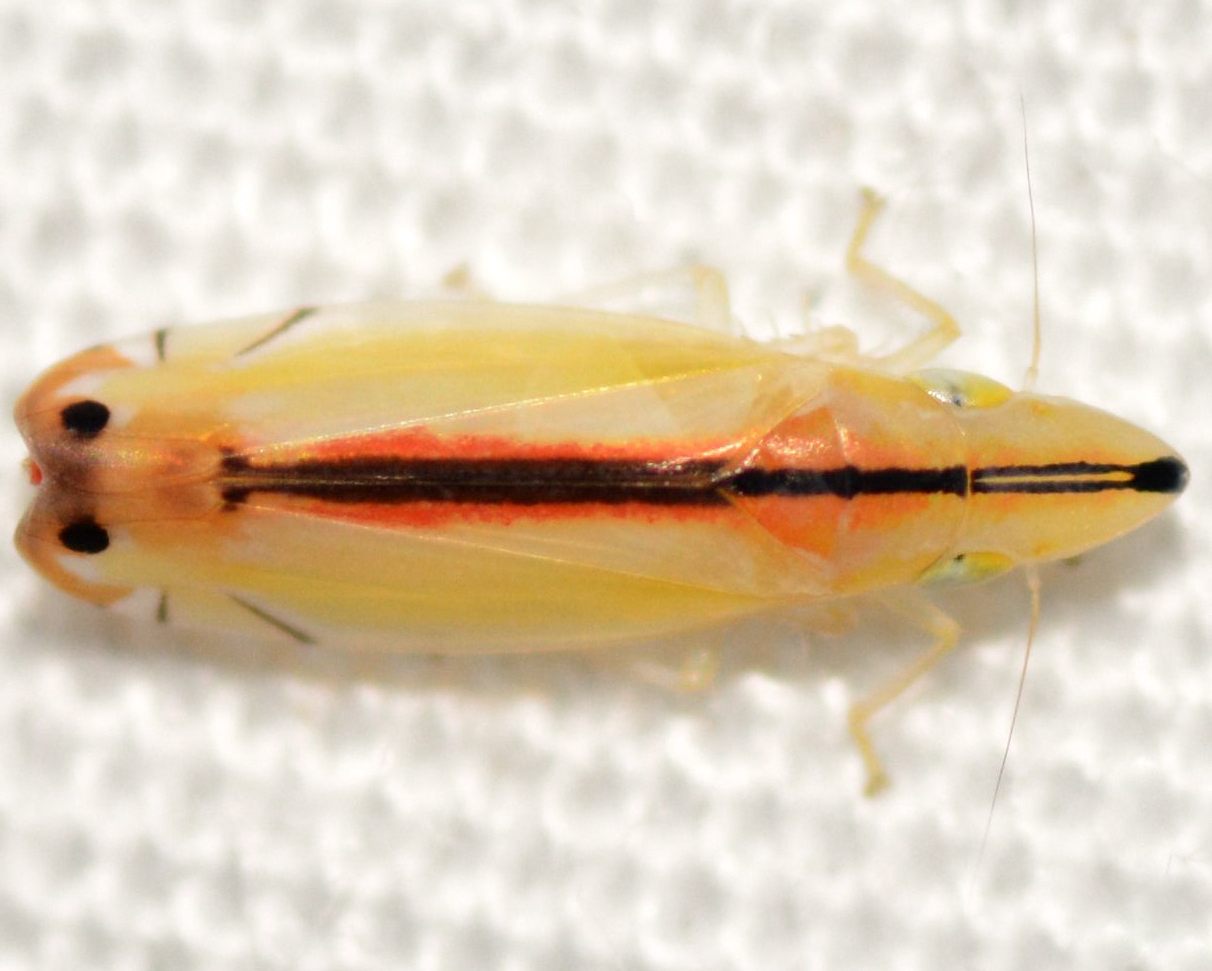

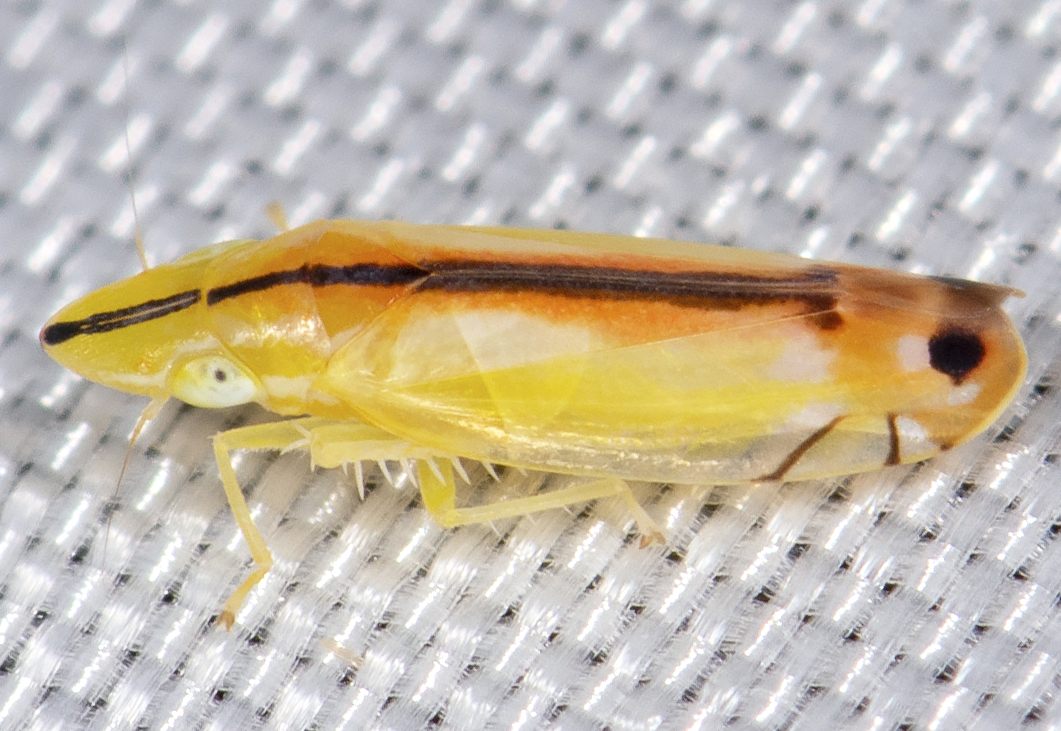
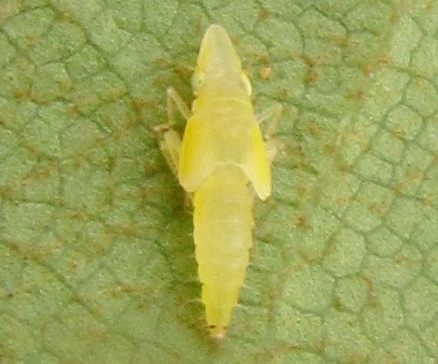

 »
»


